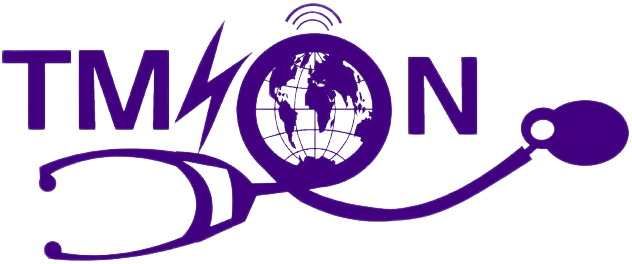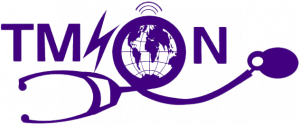The collaborative efforts of the Telemedicine Society of Nepal (TMSoN) with key partners, including NREN, ICT4D, and Kathmandu Model Hospital, have given rise to a transformative telemedicine service in Uttargaya Rural Municipality, situated in the Rasuwa District. Launched on July 20, 2023, this service seamlessly connects doctors from Kathmandu Model Hospital with residents in Ward No. 2 and 4 of the municipality, marking a significant stride in enhancing healthcare accessibility for the local community.
Thanks to the unwavering support from TMSoN, a comprehensive telemedicine infrastructure has been established in both wards. This includes the provision of essential medical equipment, the implementation of Electronic Medical Records (EMR) systems, and the facilitation of video conferencing services. This integrated environment ensures a holistic approach to healthcare delivery, bringing crucial medical assistance to the doorsteps of residents in the rural municipality.
The operational hours, set between 1 PM and 3 PM daily, witness doctors at Kathmandu Model Hospital actively responding to video calls from the municipality. This real-time interaction provides residents with immediate access to medical expertise, overcoming geographical barriers and bringing healthcare services closer to those in need.
Crucially, the financial sustainability of this telemedicine model is ensured through a unique collaboration with the rural municipality. In a departure from Nepal’s previous telemedicine attempts that faltered due to inadequate financial support, this model involves the municipality covering the consultation fees for the doctors. This innovative approach aligns to create a self-sustaining healthcare system that can endure over time.
Local health personnel within the municipality have undergone comprehensive training to operate the telemedicine system, ensuring that the community can make optimal use of this technological advancement. Furthermore, the integration of Electronic Medical Records (EMR) not only streamlines healthcare delivery but also promotes health data digitization at the grassroots level, fostering a culture of efficient and organized healthcare management.
In essence, the collaborative telemedicine model established in Uttargaya Rural Municipality signifies a paradigm shift in healthcare delivery, emphasizing sustainability, accessibility, and community involvement. It serves as a beacon of progress in Nepal’s healthcare landscape, showcasing the potential for positive change when organizations work together for the benefit of the communities they serve.



